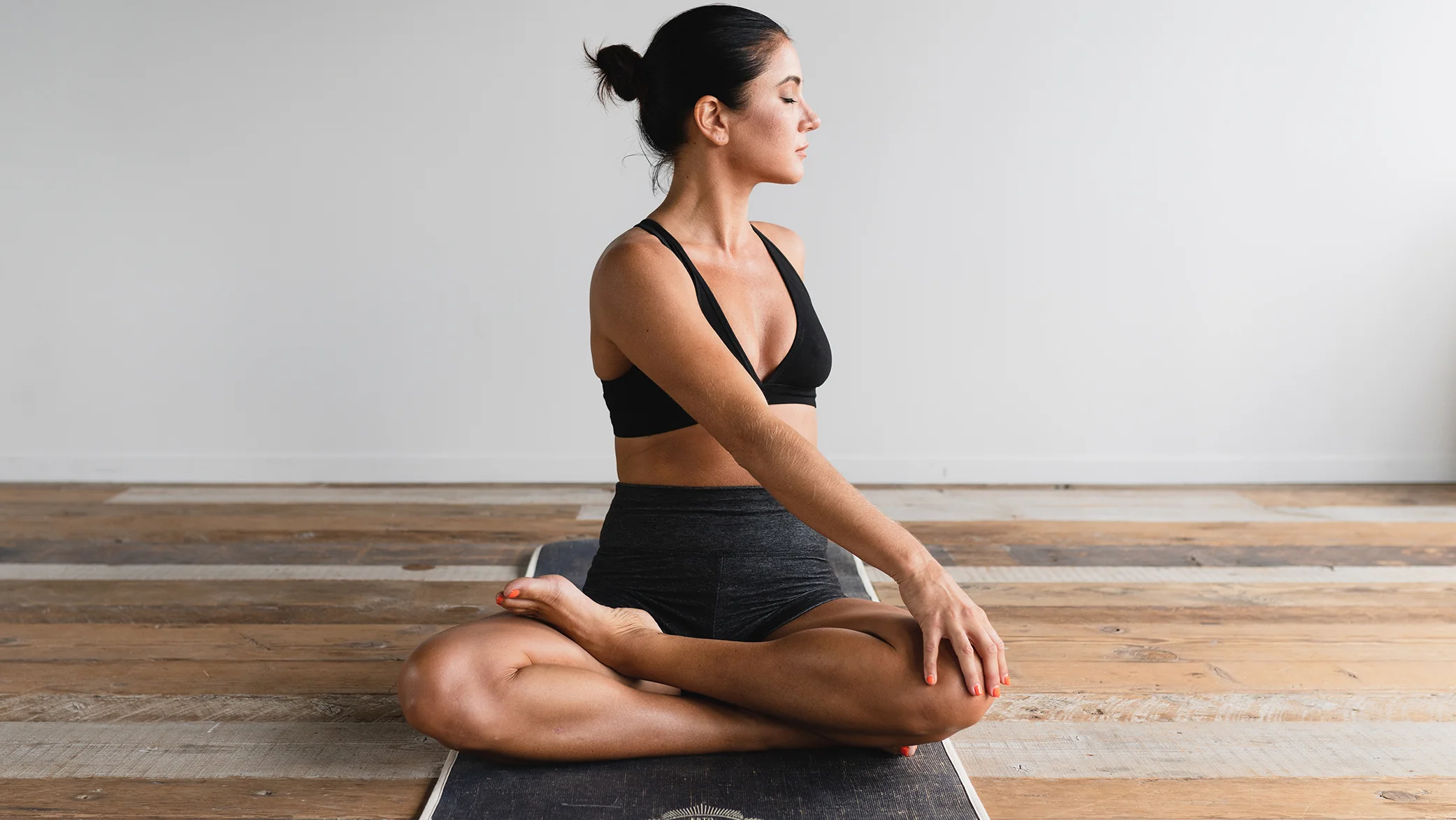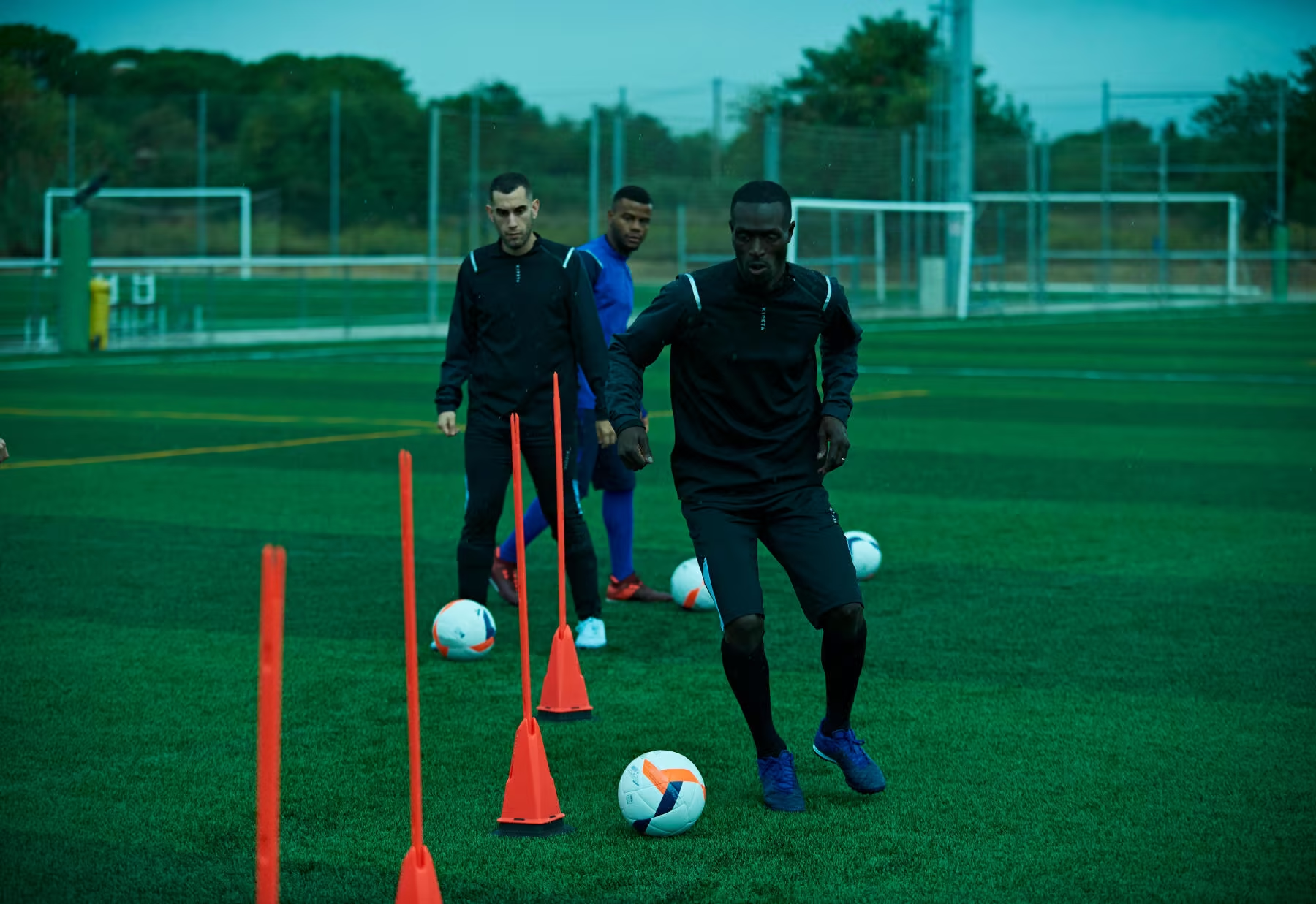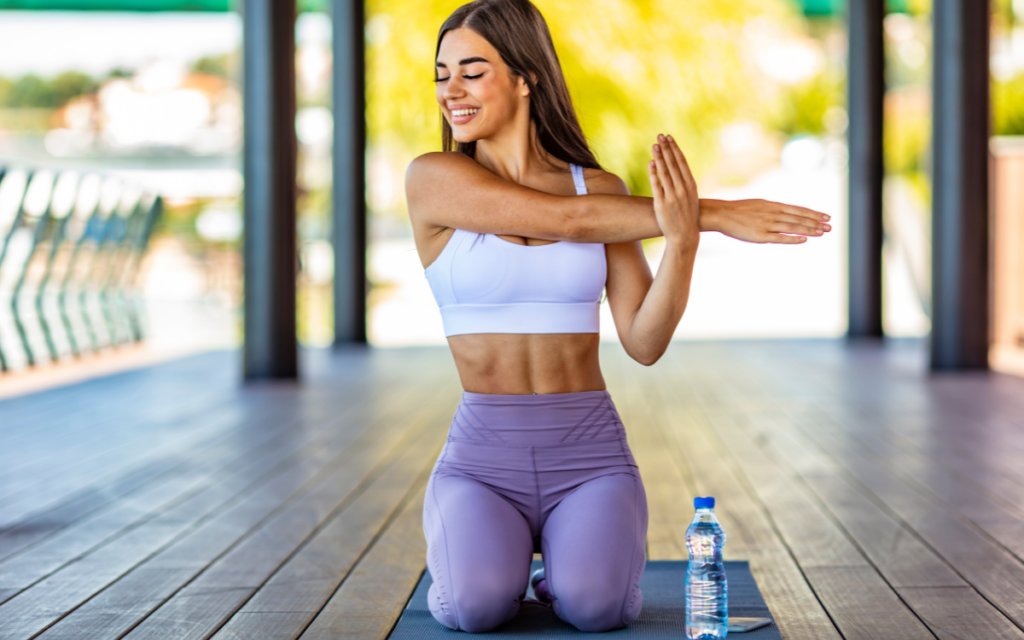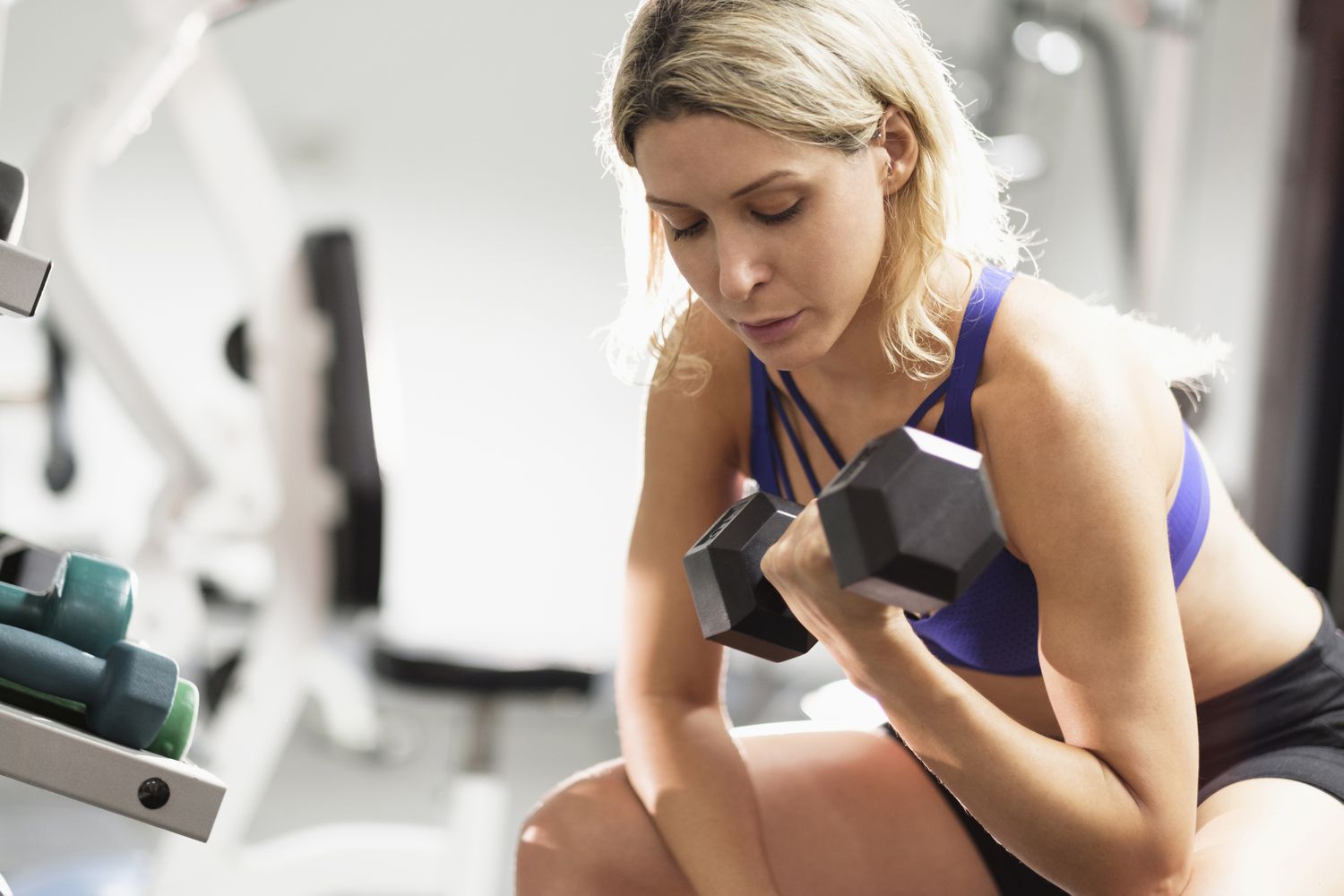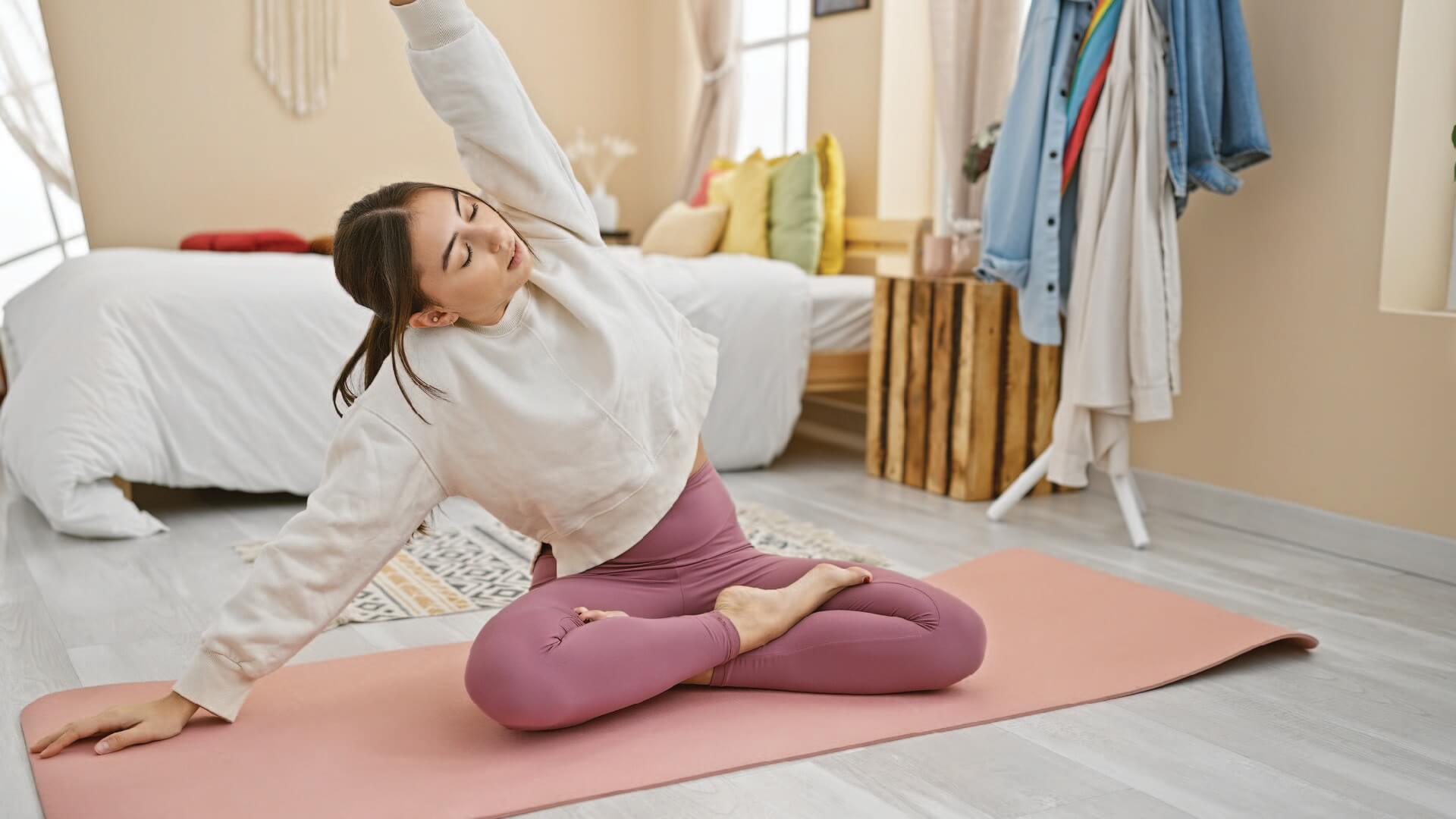Flexibility is a key part of maintaining a healthy and active lifestyle. Incorporating regular stretching into your daily routine can improve your mobility and overall health. Whether you are a beginner or have some experience, there are simple yet effective stretching routines for everyone. This blog post will provide five easy-to-follow flexibility routines that you can practice at home.
As you get older, keeping your muscles and joints flexible is vital. Stretching not only helps reduce stress but also enhances your long-term well-being. Understanding how to build a personalized stretching routine can make it easier to incorporate these practices into your life.
Dive in and discover routines that fit your needs. Each section will highlight key stretches that target different areas of the body, helping you achieve a balanced approach to flexibility and health.
Key Takeaways
- Regular stretching can enhance your flexibility and mobility.
- Targeted exercises help reduce stress and improve health.
- Building a daily routine promotes long-term wellness.
The Foundations of Flexibility and Stretching
Flexibility and stretching play crucial roles in your overall health and daily activities. Understanding these concepts can help you enhance your well-being and support muscle recovery.
Understanding Flexibility and Its Impact on Health
Flexibility refers to the ability of your joints and muscles to move through their full range of motion. Improved flexibility can lead to better posture and reduced risk of injury. Regular stretching promotes blood flow, which is essential for muscle health and recovery.
Here are some key benefits of flexibility:
- Injury Prevention: Increased flexibility helps prevent strains and sprains.
- Enhanced Performance: Whether you are exercising or doing daily tasks, flexibility is vital for efficiency.
- Pain Relief: Stretching can alleviate discomfort in areas like the lower back, hips, and shoulders.
Incorporating flexibility exercises into your routine can improve your quality of life and support your health as you age.
The Role of Stretching in Enhancing Flexibility
Stretching is a primary method for improving flexibility. It helps lengthen muscles and increases their range of motion. You can benefit from stretching in various ways, especially if you engage in regular physical activities.
Consider these benefits of stretching:
- Increased Mobility: Stretching improves how well your muscles and joints function together.
- Faster Recovery: It prepares your muscles for action while helping them recover post-exercise.
- Improved Blood Flow: Enhanced circulation nourishes your muscles, allowing for better performance.
Aim for a daily stretching routine. This practice supports flexibility, increases mobility, and makes daily activities easier.
Building Your Stretching Routine
Creating a stretching routine can greatly improve your flexibility and mobility. It’s important to design a program that fits your needs and lifestyle while integrating stretching exercises into your daily routine.
Designing a Personalized Stretching Routine
Start by identifying areas of tension in your body. Make a list of which muscles feel tight or restricted, as well as your overall fitness goals.
Focus on these key factors:
- Duration: Aim for 5–10 minutes of stretching each day.
- Timing: Perform stretches after workouts or during breaks.
- Types of Stretches: Include dynamic stretches before activities, and static stretches afterward to improve flexibility and help prevent injury.
Consider your activity level. If you are an athlete, incorporate stretches that target muscle groups you use most. For example, runners should focus on calves, hamstrings, and hip flexors.
Incorporating Stretching into Your Daily Routine
Make stretching part of your daily routine by choosing specific times for it. You can stretch in the morning, during work breaks, or before bed.
Here are some simple ways to make stretching a habit:
- Set Reminders: Use alarms or calendar notifications to prompt you.
- Follow a Routine: Dedicate 5 minutes every day to a custom stretching routine that covers key muscle groups.
- Use Visual Aids: Find videos or guides that demonstrate stretches.
You can also pair stretching with existing activities, like watching TV or during your morning coffee. Remember, consistent practice will help improve your athletic performance and overall mobility.
Targeted Stretching Exercises
Targeted stretching can help improve flexibility in specific areas of your body. Focusing on these exercises enables you to relieve tension, prevent injuries, and enhance your overall range of motion.
Seated Stretches for Office Workers
If you spend hours at a desk, seated stretches are essential for your flexibility. Try the Seated Forward Bend. Sit on the edge of your chair, extend your legs, and reach for your toes. Hold for 15-30 seconds. This stretch targets your lower back and hamstrings.
Another effective stretch is the Neck Stretch. Sit up straight, tilt your head to one side, and hold for 15 seconds. Switch sides. This helps reduce neck tension built up during long working hours.
Incorporate these stretches every hour to keep your muscles relaxed and flexible.
Full Body Stretches for Overall Flexibility
Full body stretches work multiple muscle groups and promote total body flexibility. The Cat-Cow Stretch is a great choice. Start on your hands and knees. Arch your back and then drop your belly while lifting your head and tailbone. Repeat for 30 seconds.
The Standing Side Stretch is another effective option. Stand tall, reach your arms overhead, and lean to one side. Hold for 15-30 seconds and switch sides. This helps stretch the sides of your body and improves your core flexibility.
Performing these stretches regularly will enhance your overall flexibility and well-being.
Focused Techniques for Tight Hips and Hamstrings
If you struggle with tight hips and hamstrings, specific techniques can help. The Figure Four Stretch is effective. Sit down, bend one knee, and place that ankle over the opposite knee. Gently push down on your knee for a deeper stretch. Hold for 15-30 seconds.
The Hamstring Stretch works well, too. Sit on the floor with one leg extended. Reach towards your toes. This helps increase hamstring flexibility. Hold for 15-30 seconds on each side.
Incorporate these focused techniques into your routine to alleviate tightness and improve mobility in your hips and hamstrings.
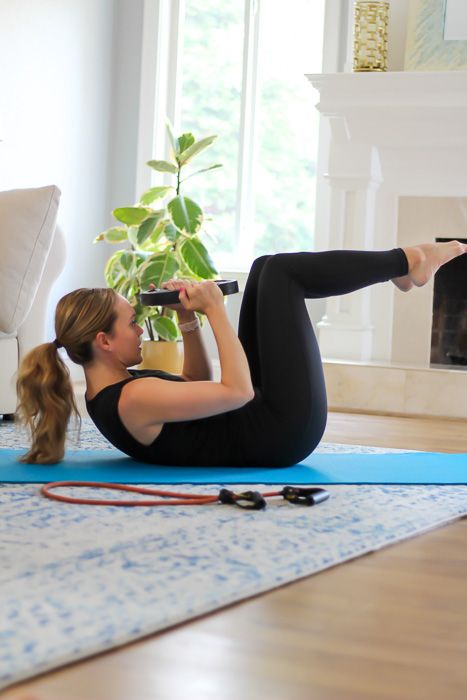
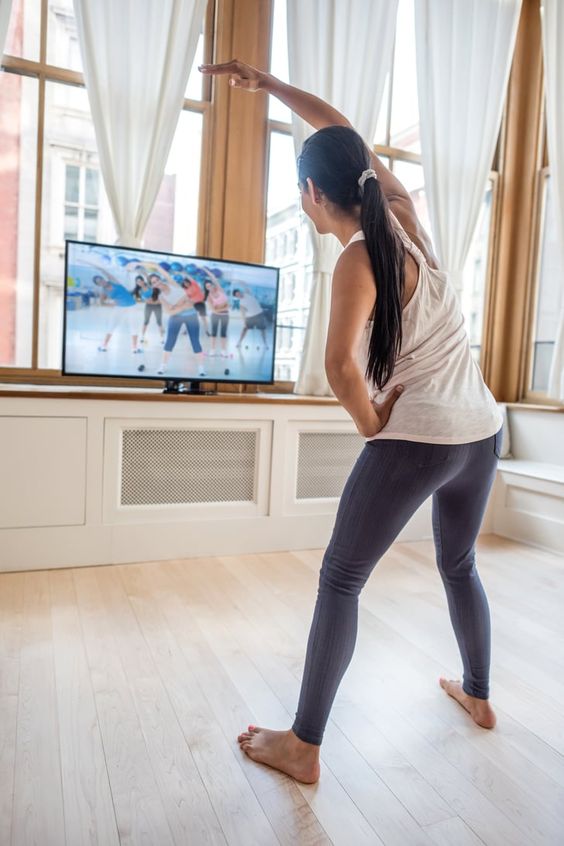
Advanced Flexibility Practices
Incorporating advanced flexibility practices into your routine can significantly enhance your stretching abilities. You can improve both your balance and coordination while benefiting from various techniques tailored to boost your flexibility.
Yoga Poses to Enhance Stretching and Balance
Yoga poses are effective for improving flexibility, posture, and balance. Some important poses to consider are:
- Downward Facing Dog: This pose stretches your hamstrings, calves, and spine. It also helps strengthen your shoulders and arms.
- Pigeon Pose: A great way to open your hips, this pose targets deep hip flexors and glutes.
- Tree Pose: Improving balance, this pose strengthens your legs while stretching your groin and inner thighs.
To perform these poses, focus on your breath and hold each position for 15-30 seconds. This will help deepen your stretches and improve your overall flexibility.
Dynamic and Isometric Stretching Techniques
Dynamic stretching is a great way to warm up your muscles. It includes movements like leg swings, arm circles, and high knees. These actions prepare your body for exercise while enhancing flexibility and coordination.
Isometric stretching, on the other hand, involves holding a stretch at its farthest point for a few seconds. For example, try pushing against a wall or holding a static stretch without moving. This helps increase muscle tension and lengthen your muscles effectively.
Mixing both techniques into your workout can lead to greater flexibility and improved body awareness. Remember to maintain proper form and focus on smooth movements during each exercise.
Health and Lifestyle Benefits of Stretching
Stretching offers numerous advantages that enhance both your physical and mental well-being. Incorporating flexibility routines into your daily life can improve sleep quality, reduce stress, alleviate pain, and enhance your athletic performance. Here’s a closer look at these benefits.
Improving Sleep and Reducing Stress through Stretching
Stretching can significantly improve your sleep quality. Gentle stretches before bed relax your muscles and signal to your body that it’s time to wind down. This can lead to better rest and more restful sleep cycles.
Additionally, stretching helps reduce stress levels. When you stretch, your body releases tension built up throughout the day. This process activates your body’s relaxation response, lowering cortisol levels and promoting feelings of calm.
Incorporating stretches like the child’s pose and forward bend can also clear your mind, making it easier to fall asleep and stay asleep.
Stretching for Pain Relief and Injury Prevention
Stretching is an effective way to relieve back pain, especially lower back pain. Regularly stretching your back, hips, and legs can alleviate discomfort and improve your overall mobility.
Injuries can often result from tight or weak muscles. By stretching regularly, you maintain flexibility and reduce the risk of strains and sprains.
Target areas like your hamstrings and quadriceps with stretches such as standing toe touches and hip flexor stretches. These can help lengthen your muscles and improve your range of motion.
Posture Reset and Boosting Athletic Performance
Many people experience poor posture due to sitting for long periods. Stretching can help reset your posture by opening your shoulders and chest. Incorporating chest openers and spinal twists can directly counteract postural issues caused by prolonged sitting.
Improving your flexibility also has a positive impact on your athletic performance. Increased flexibility allows for better movement mechanics, enhancing strength and efficiency during activities.
Dynamic stretches like leg swings and arm circles prepare your muscles for action, helping you perform at your best.
Frequently Asked Questions
Flexibility routines can vary based on your needs and skill level. Here are answers to some common questions that can help you get started and maintain a regular stretching practice.
What are some effective daily stretch routines to improve flexibility?
A good daily routine may include stretches such as the cat-cow stretch, lunges, and seated forward bends. You can spend about 5 to 10 minutes on these stretches, focusing on areas that feel tight. Consistency is key for improving your flexibility.
Can you recommend a full-body stretching routine that is available in PDF format?
Many websites offer free PDF resources with full-body stretching routines. Look for reputable sources like health and fitness blogs or yoga websites. These often include step-by-step instructions and images to guide your practice.
What are some beginner-friendly stretching exercises that can be done at home?
Beginner-friendly stretches include the standing hamstring stretch, butterfly stretch, and shoulder rolls. These are easy to perform and don’t require any special equipment. Aim to hold each stretch for about 15 to 30 seconds.
Are there short stretching routines suitable for beginners to practice consistently?
Yes, you can practice short routines that last about 5 to 10 minutes. Simple sequences, such as neck stretches or wrist and ankle rotations, can help you get comfortable. Try to include these routines in your daily activities to build a habit.
What does a comprehensive flexibility program typically include?
A comprehensive program may include static stretching, dynamic stretching, and strength-building exercises. It often focuses on major muscle groups like the hips, shoulders, and back. This well-rounded approach helps improve flexibility and overall mobility.
How can one incorporate a stretch routine into an at-home exercise regimen?
You can set aside specific times during your day dedicated to stretching. For example, do stretches before or after your regular workouts. You could also integrate quick stretching breaks throughout your day, especially if you work at a desk.
